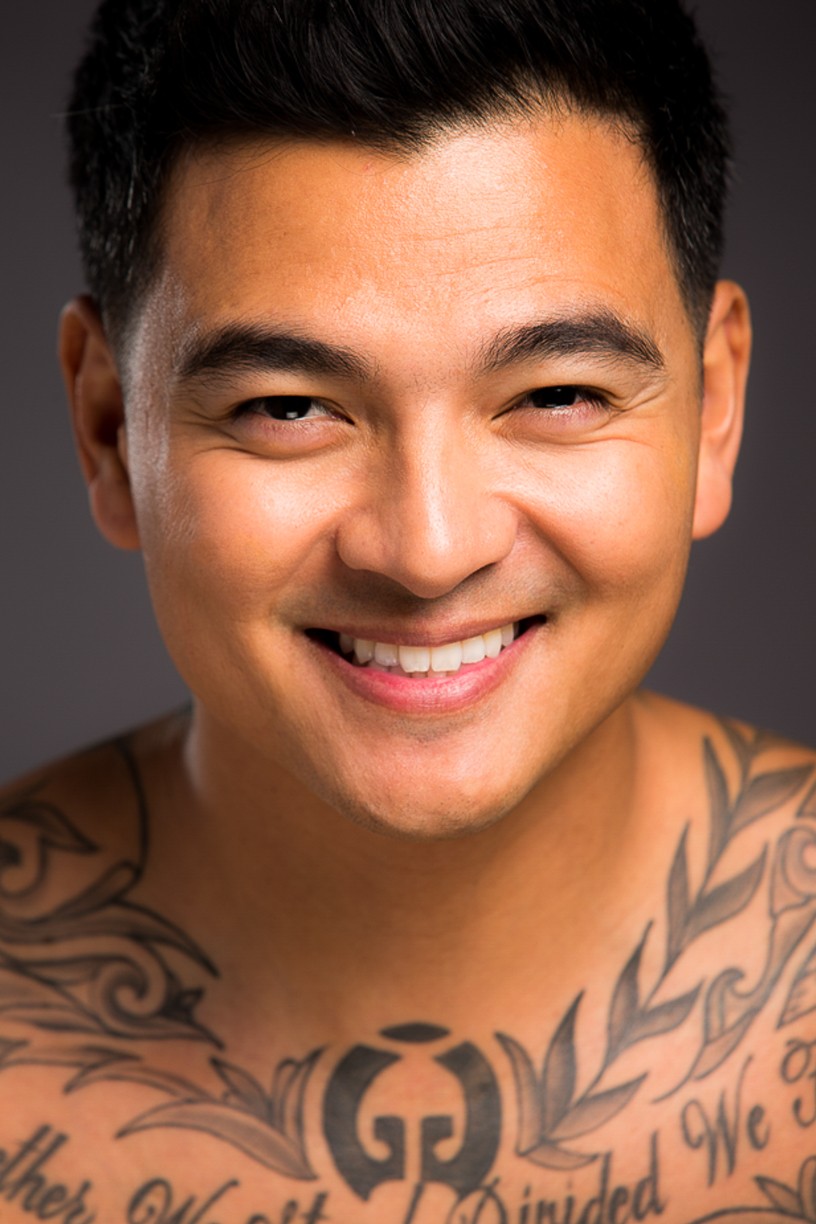We recently connected with Rob Lewine and have shared our conversation below.
Rob, looking forward to hearing all of your stories today. How did you learn to do what you do? Knowing what you know now, what could you have done to speed up your learning process? What skills do you think were most essential? What obstacles stood in the way of learning more?
I took my first picture at age five, of my father, using his camera — an experience that started me picture-taking throughout my childhood and into my college years. I wasn’t thinking about becoming a photographer or anything else; I was on autopilot.
I went to UCLA Film School, made a few films, and then became a bass player with a succession of rock bands, touring and recording. After five years I’d had enough of the rock and roll lifestyle and became a producer of classroom filmstrips for Encyclopaedia Britannica Films, researching, writing scripts…and shooting the visuals. Five years of that, after which I decided to become a freelance photographer.
There was no “speeding things up”. It took everything I went through to get to what I became.
Most essential skills? Every aspect of your intellect and personality winds up being poured into any artistic endeavor you pursue. To be a photographer you need to have an eye, a point of view and a hunger to keep getting better at what you do.
Obstacles to learning more? What would this be, in anyone’s life?


Rob, love having you share your insights with us. Before we ask you more questions, maybe you can take a moment to introduce yourself to our readers who might have missed our earlier conversations?
No one needs permission to become an artist. But to enter your chosen field takes commitment and persistence. Most creative people will tell you that the core challenge is getting the job and that doing the work is a privilege.
I’m an old guy: 50 years as a freelance photographer. I’ve “climbed the mountain” at least three times. First, as an editorial photographer working for national and regional publications such as Life, Time, Newsweek, Esquire, Smithsonian, Fortune, Forbes, Travel & Leisure, Town and Country, People, Entertainment Weekly, Andy Warhol’s Interview and others. Second, shooting for ad agencies, design firms, film studios, TV networks, corporations, and celebrities. Third, as a producer of commercial stock photography, producing lifestyle images for licensing worldwide through various stock-photo agencies.
These days I shoot publicity sessions in the studio for established actors and other artists, and three-hour head shot sessions for actors and others on their way up. Why three hours? Because this is what it takes to get the very best out of my subjects.
A portrait session is a collaboration. It needs to develop organically, which takes time. The hour or so that many headshot photographers give their clients is a mystery to me.


We’d love to hear a story of resilience from your journey.
Years ago a magazine called New Times (no longer around) sent me to Essex, a town in the Mojave Desert with a population of four. The grid had just reached this remote place, allowing TV reception for the first time ever. New Times wanted me to photograph a local watching TV in his trailer, from the outside. It was to be a night shot. I’d brought strobe packs to light the exterior and was setting up when the packs failed. I didn’t have enough experience with the equipment to understand there were breakers that could be reset. I thought the shoot couldn’t happen. I was devastated. My budding career was about to be over.
Then I remembered I had an emergency spotlight in my Chevy Blazer, operable from the cigarette lighter. I used the light to “paint” the trailer, waving it back and forth across the surface while keeping the camera’s shutter open. The resulting image was far more compelling than if I’d been able to use the strobes. “New Times” was thrilled; they ran the image as a double spread.


What do you think is the goal or mission that drives your creative journey?
I operate on passion for my work, undiminished after all these years. I love to create a frame, light the set and engage my subjects so that their anxieties about being photographed fall away. I love to see them break free of all that and open themselves to the camera. I love the edits that follow the sessions. I review the shoot over and over, making my way to an irresistible set of selects.


Contact Info:
- Website: www.lewinephoto.com
- Instagram: roblewine45
- Facebook: Rob Lewine, Rob Lewine Headshots
- Linkedin: Rob Lewine
Image Credits
Rob Lewine


